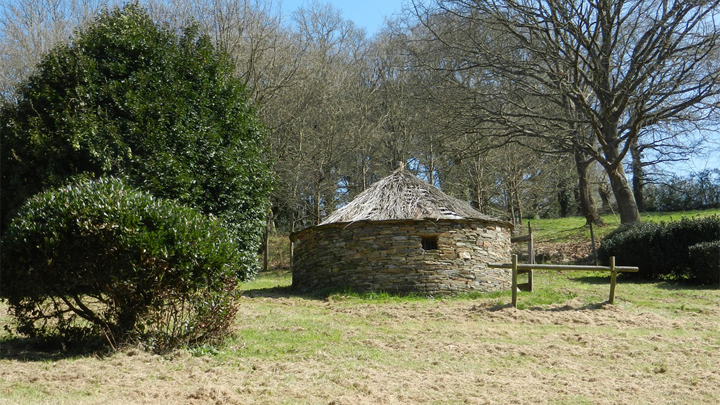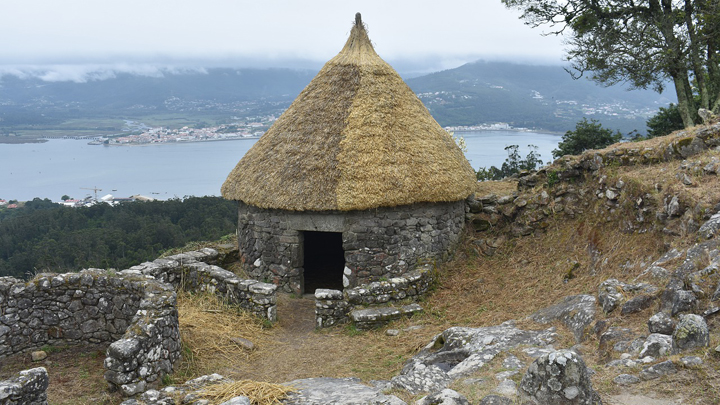
Inland tourism gains weight in autumn and winter in front of the beach and, especially, in this year of the coronavirus. Fortunately, Spain is a country that has a lot to do with inland communities have many attractions. This is the case of Castilla y León and, within them, provinces such as León have a lot of history and traditions that are worth knowing. From the capital, with the Cathedral of Santa María de Regla, in the city of León, to houses with somewhat particular architectures, among other attractions that make this territory an ideal town to travel from end to end and pay special attention to its architecture .
Typical architectures
Apart from the monuments that are already traditional and the most touristic in León. A good option is to go deeper into the different towns in the rural environment to learn about the popular culture and the typical architecture of this area that dates back years.
Mountain houses are a great attraction. Built in stone covered with tile, they have an architecture that adapts to each region. In this way, the orange tile roofs dominate the part of the eastern slope, while in the western part the slate roofs are the predominant ones.
Very popular are also the houses with a bread basket or Babiana house, as well as the cabreiresas houses , characterized by being located on the slopes of the hills and by having slate roofs.

Of course, there is no shortage of adobe houses , which were very common in areas of Tierra de Campos, the banks of the Cea, the Páramo, Tierras de León and Los Oteros, among other locations.
In the landscape of León there is also the maragata arriera house , which can be seen in towns such as Castrillo de los Polvazares and Santiago Millas. They are recognized by their brown color, in addition to having a large wooden gate and a large patio where utensils and carts were kept.
And you can’t leave León without seeing the pallozas , which can be seen in Balouta, Burbia or Campo del Agua. They are constructions of pre-Roman origin and have an elliptical or quadrangular floor plan for housing and for jointly housing livestock. Striking is the thatched roof with a conical or gable shape.
